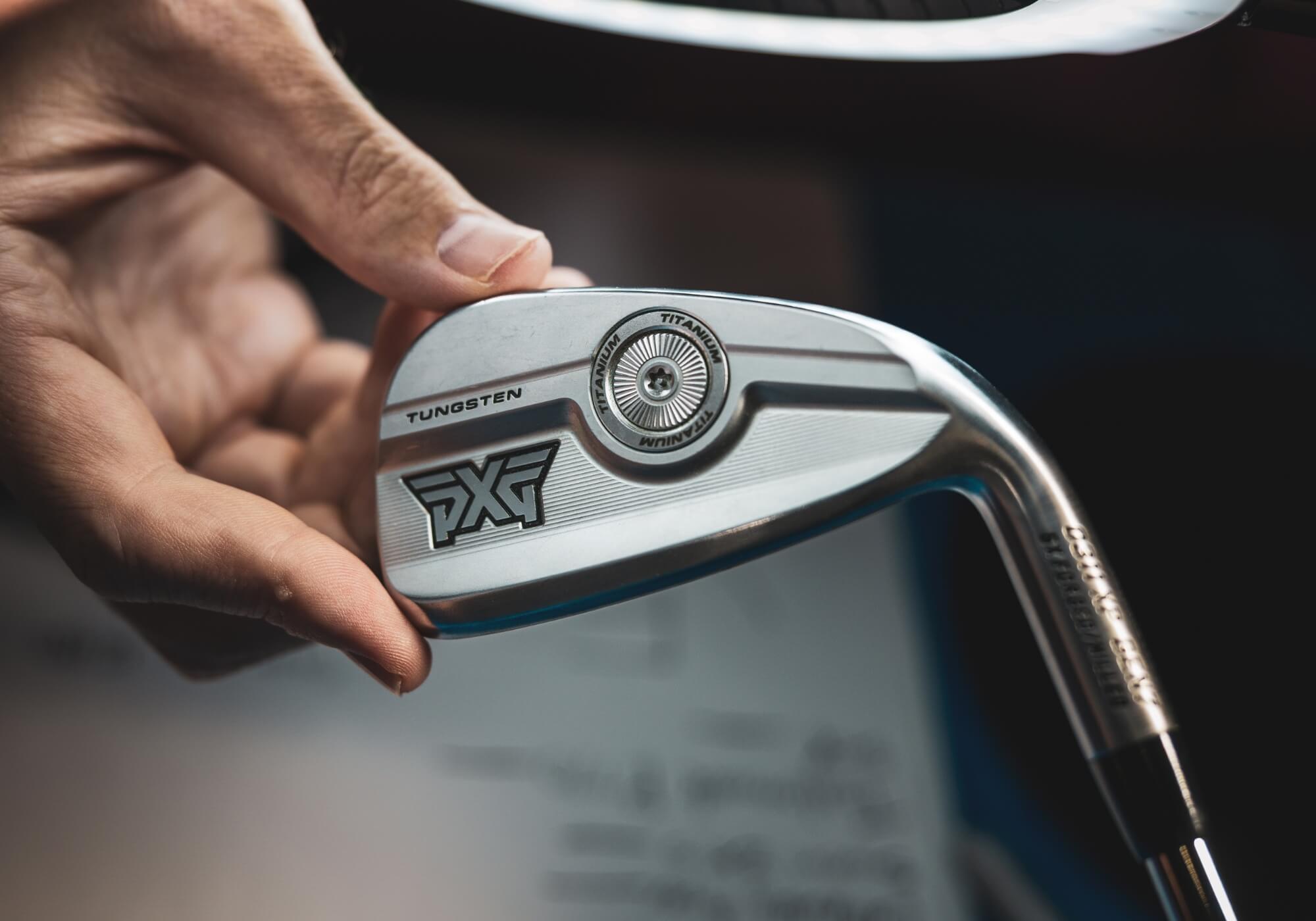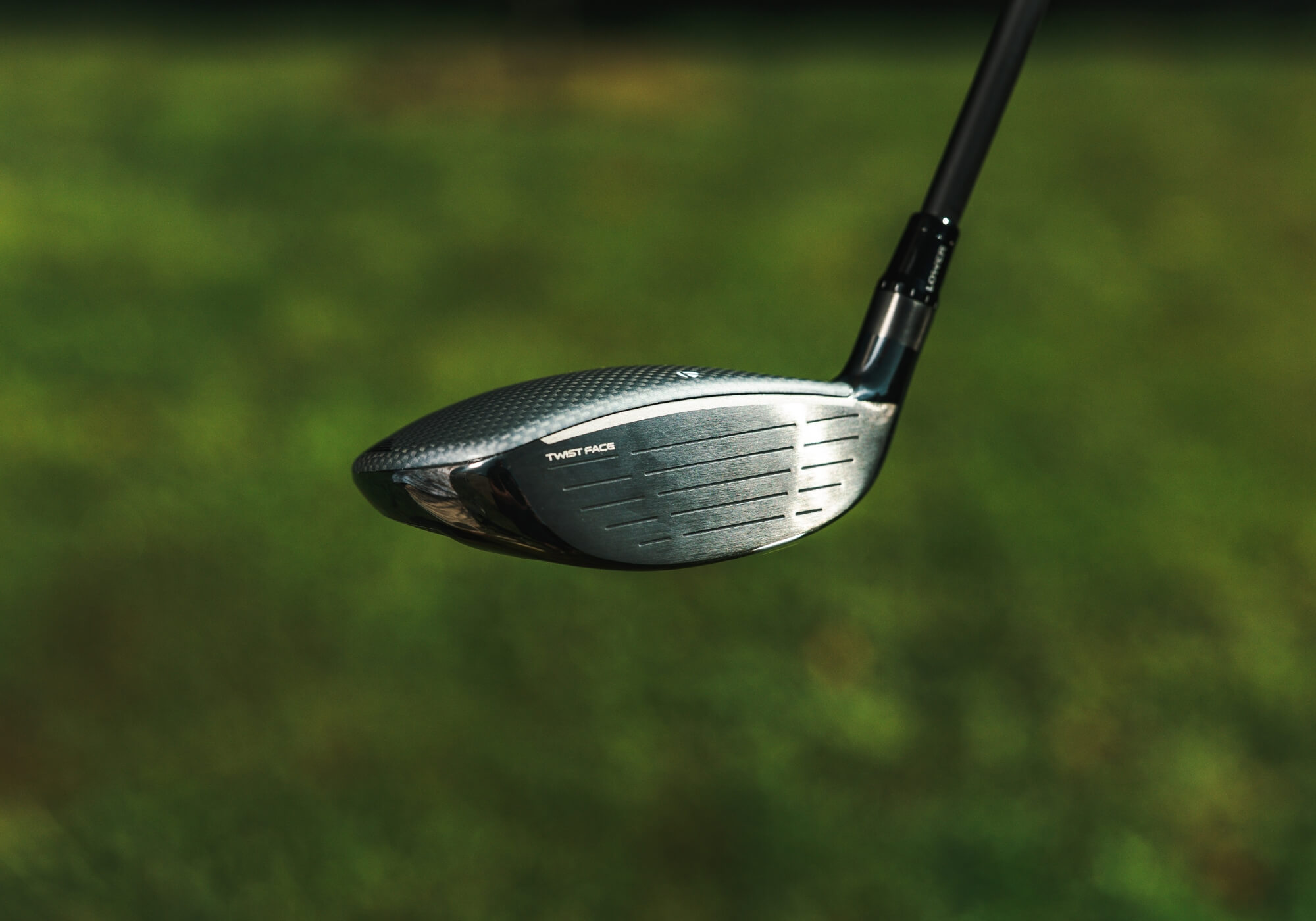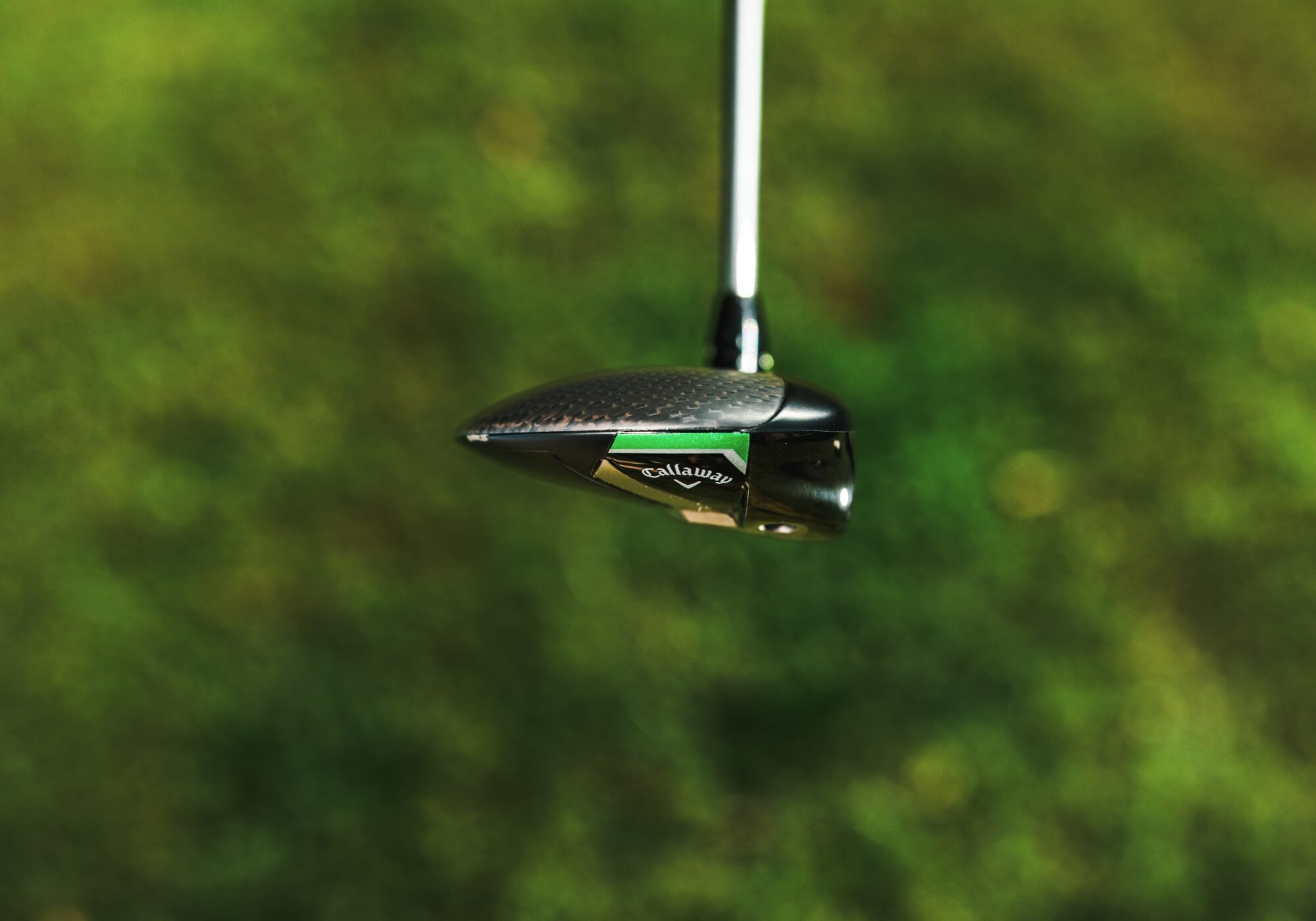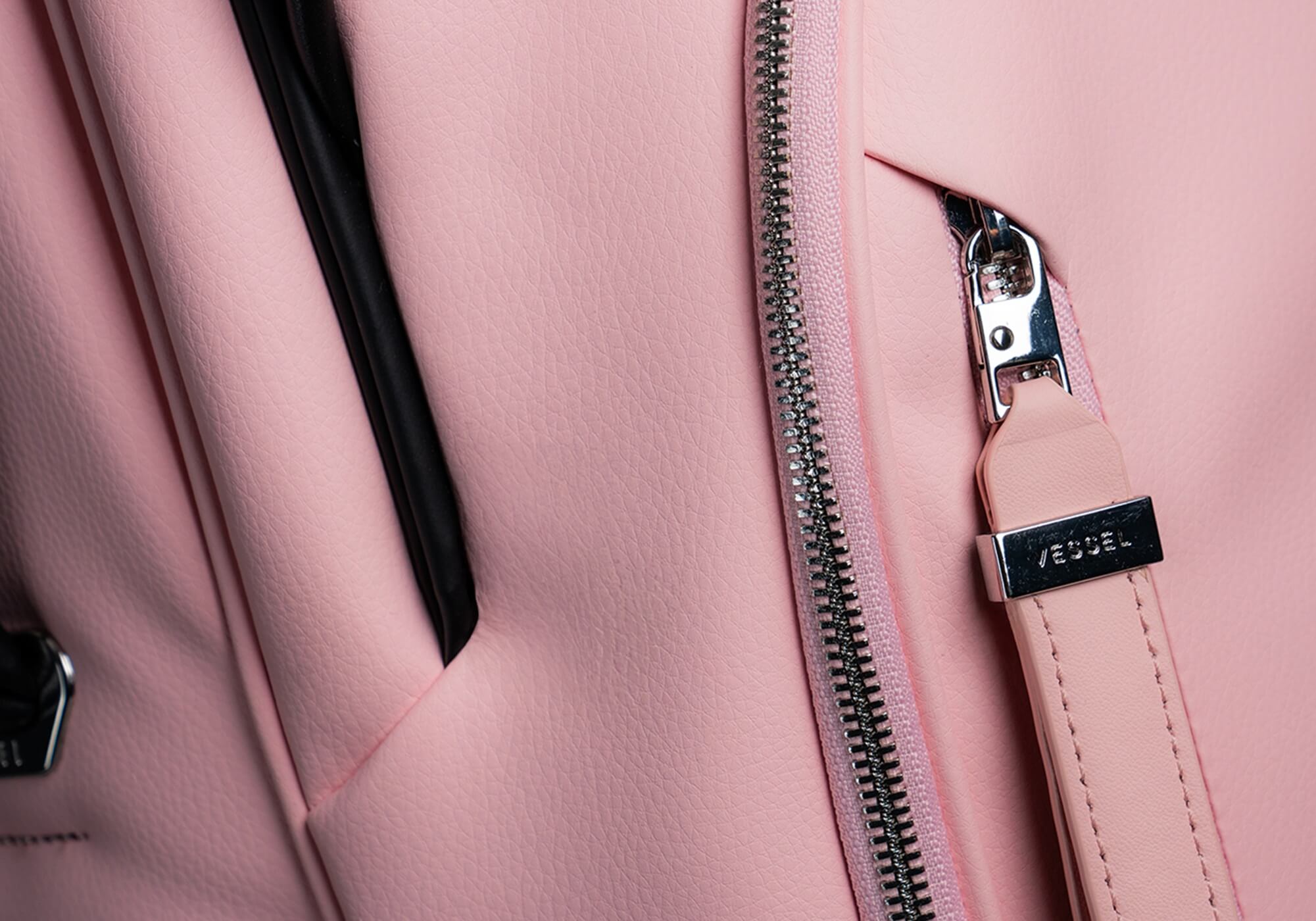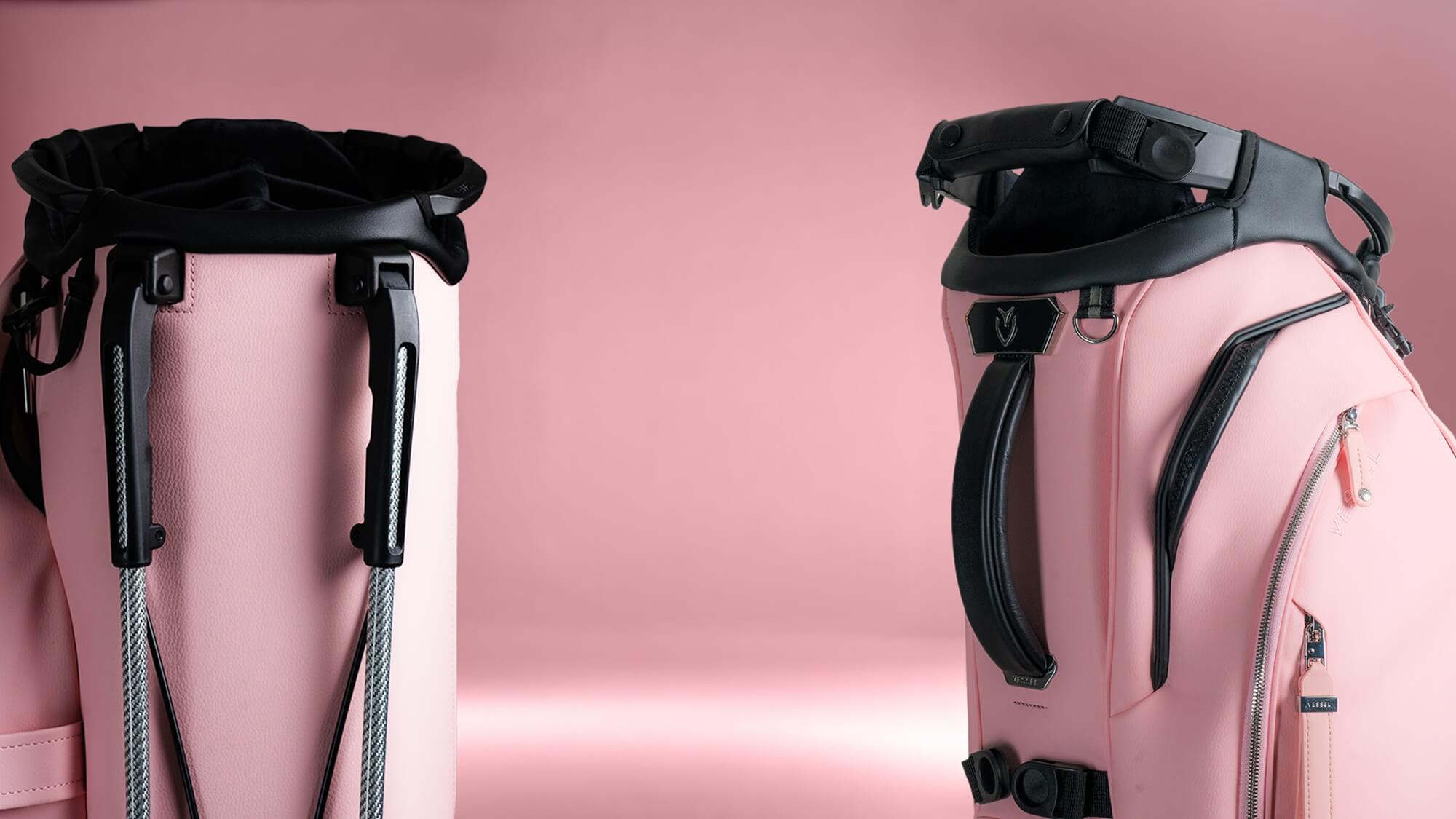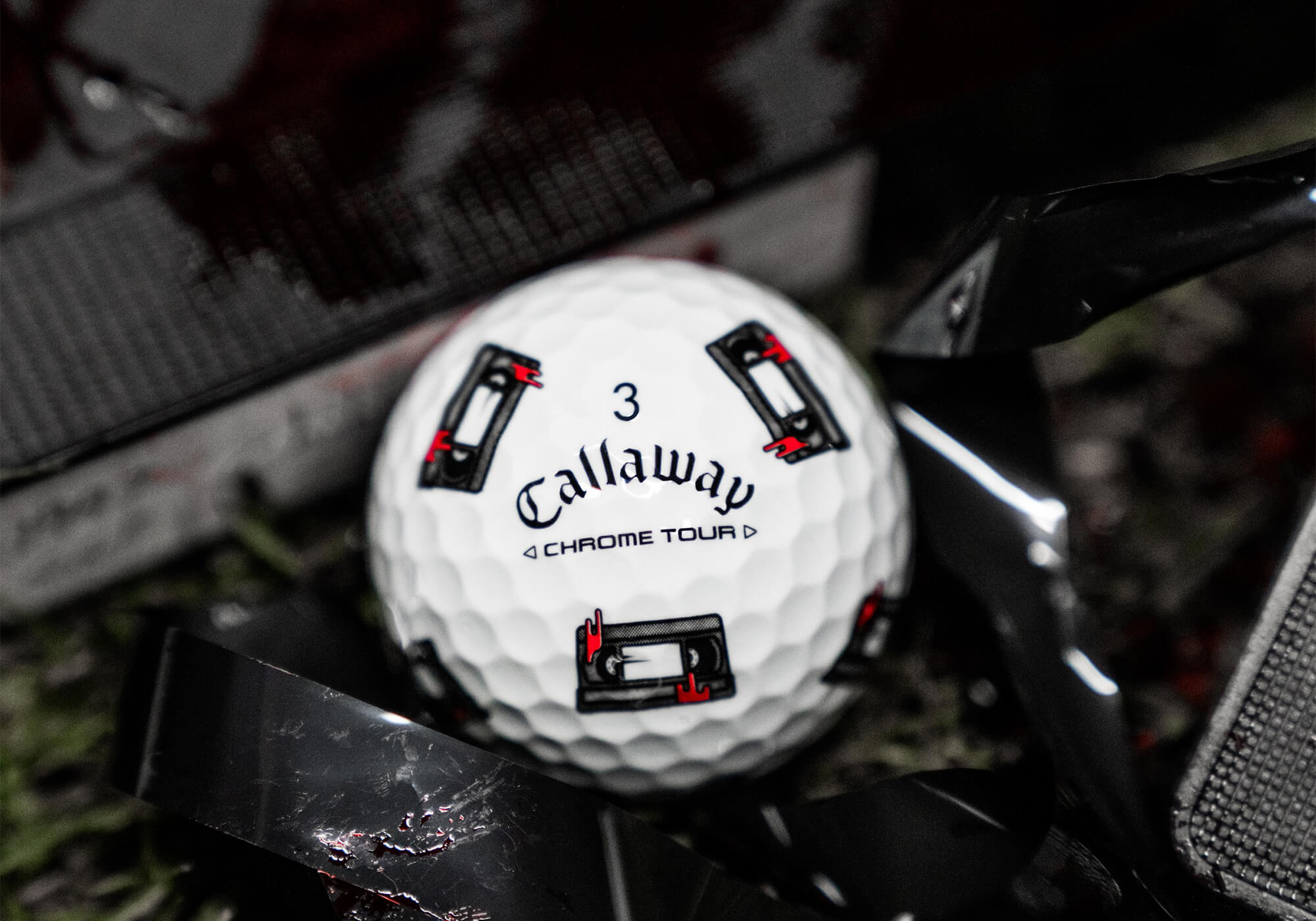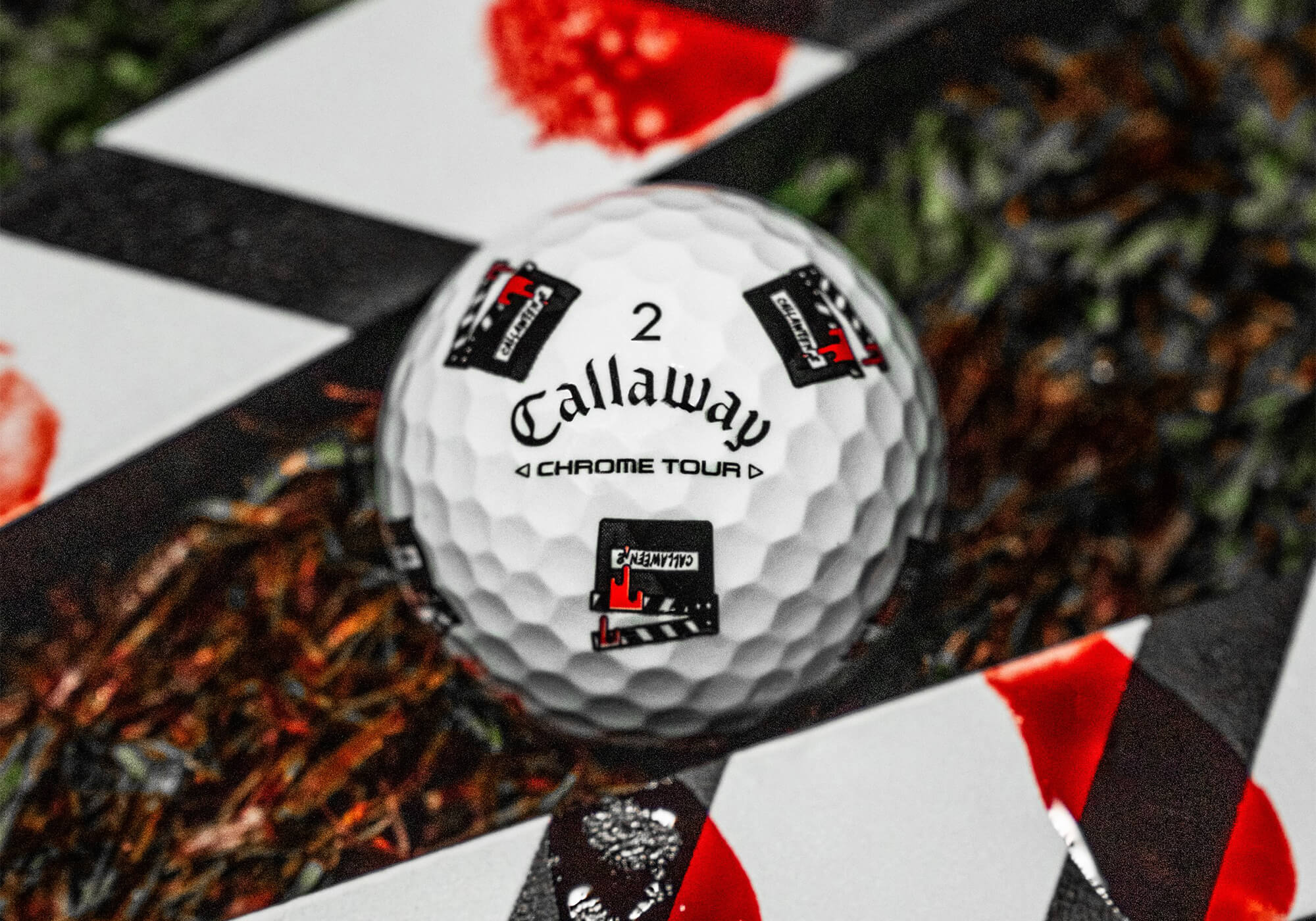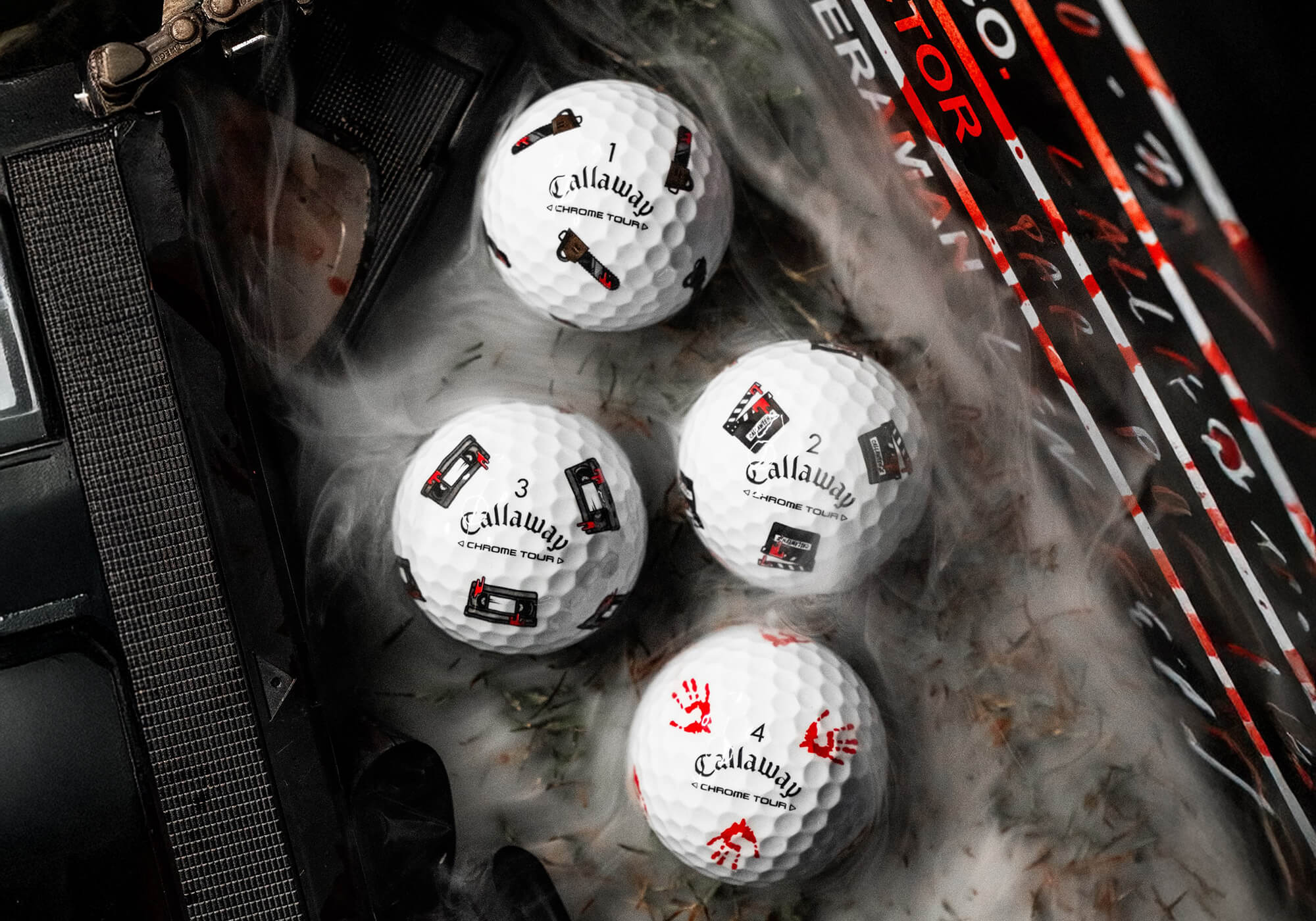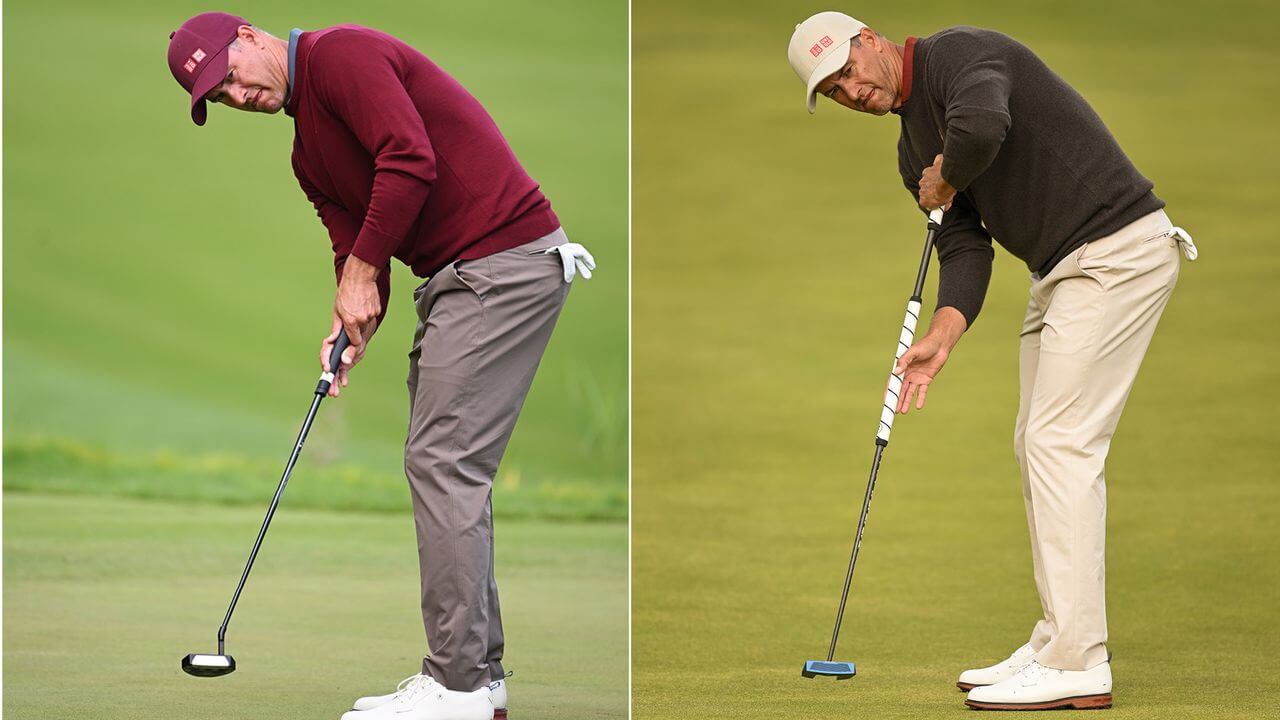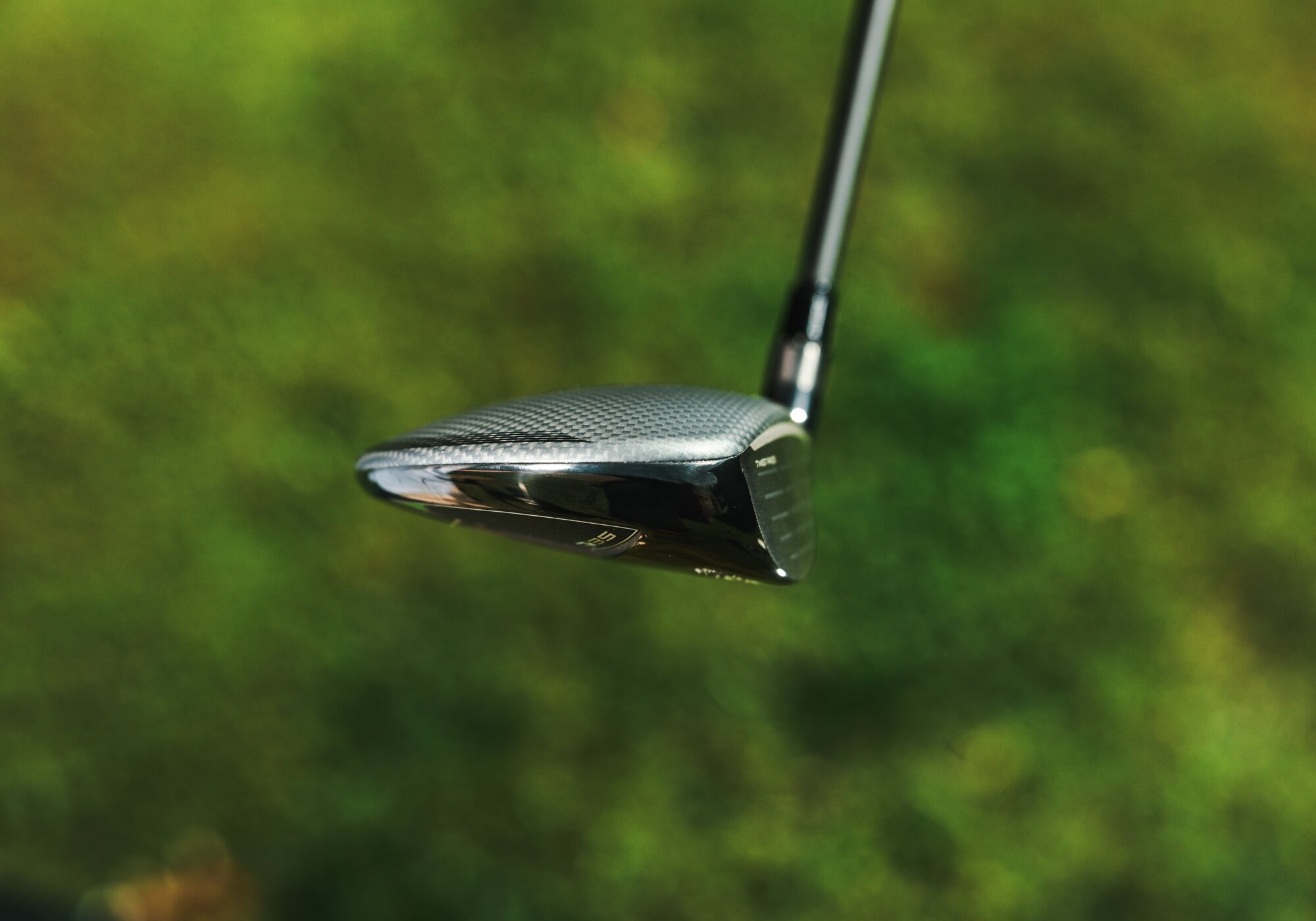PXG doesn’t run sales often, but when they do, it’s worth a look.
Right now, you can save $280 on a complete set GEN7 irons, which, according to PXG, are the best they’ve ever made. The GEN7 irons ranked highly for us too, which we ranked as the 2025’s top game improvement iron for distance. If you’re looking for pure distance in an iron, PXG 0311XP GEN7 is a phenomenal option.
2025’s top-ranking driver for forgiveness, the Black Ops Tour is also on-sale at a $150 discount, and for a premium driver in 2025, $500 doesn’t sound half bad to us. In fact, the entire Black Ops line of fairways and hybrids is discounted, and it’s never a bad idea to consider upgrading the top of your lineup.
Both lines are built for performance. The GEN7 irons’ calling card is distance, while the Black Ops line was engineered for forgiveness, speed, and dispersion especially off the tee.
If you’ve had PXG gear on your radar, this is one of the better price drops we’ve seen lately. Inventory tends to move quickly when PXG runs sales like this. Consider this your heads-up.
